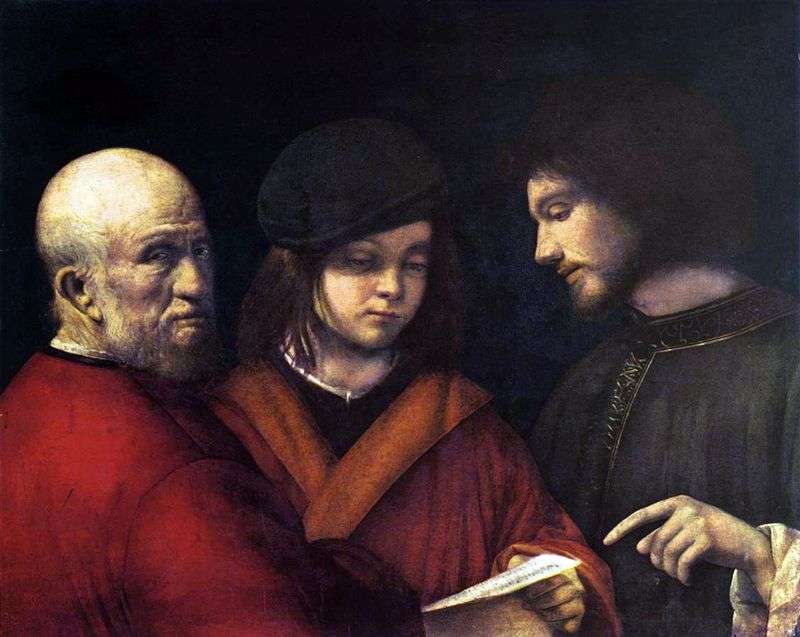
The painting “Three ages of life” by Italian artist Giorgione. The size of the master’s work is 62 x 77 cm, wood, tempera. The exact date of creation of this, in fact, group portrait work is unknown. Researchers and art historians of the Renaissance class refer the picture to the middle period of Giorgione’s work.
Attribution of the painting “Three ages of life” is controversial. In literature, there is often an attempt to reduce the significance of Giorgione’s art to the expression of the ideals of this small, humanistically enlightened patrician elite of Venice of that time. However, this is not entirely true or, more correctly, not only this way.
The objective content of the art of the Venetian artist Giorgione is immeasurably wider and more universal than the narrow social layer with which his work is directly connected. The sense of the refined nobility of the human soul, the striving for the perfect perfection of the beautiful image of a man living in harmony with the environment, with the surrounding world, and had a great general progressive significance for the development of culture.
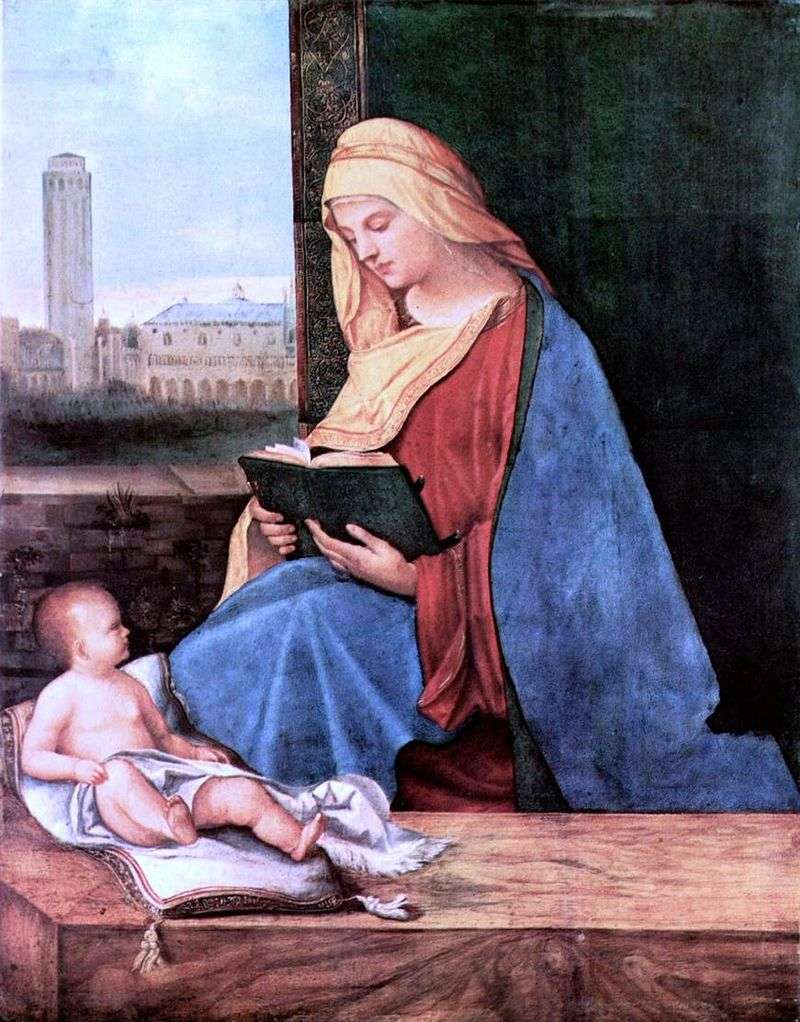 Reading Madonna by Giorgione
Reading Madonna by Giorgione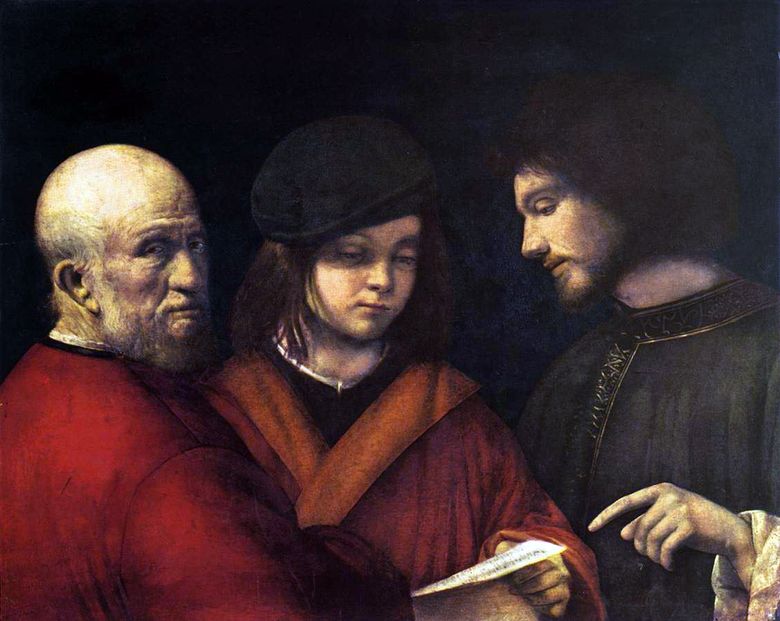 Trois âges de la vie – Giorgione
Trois âges de la vie – Giorgione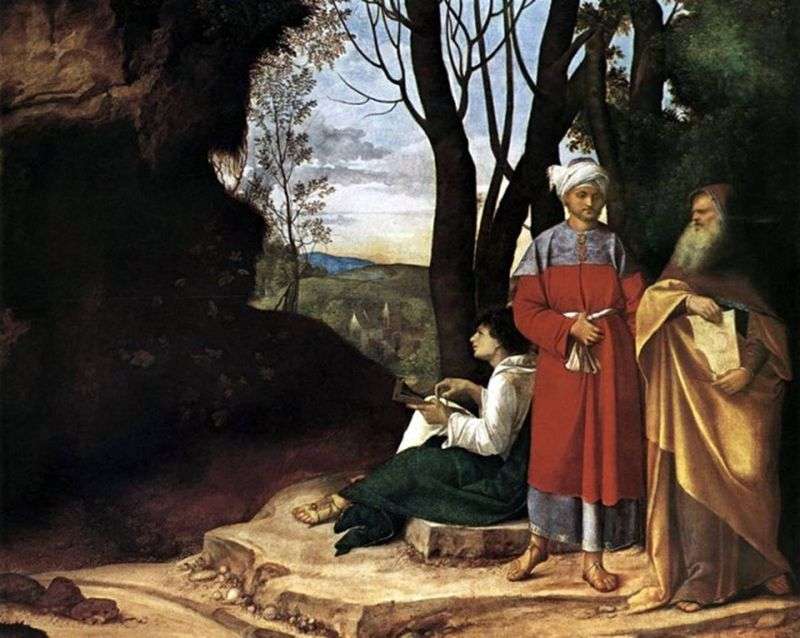 Three philosophers by Giorgione
Three philosophers by Giorgione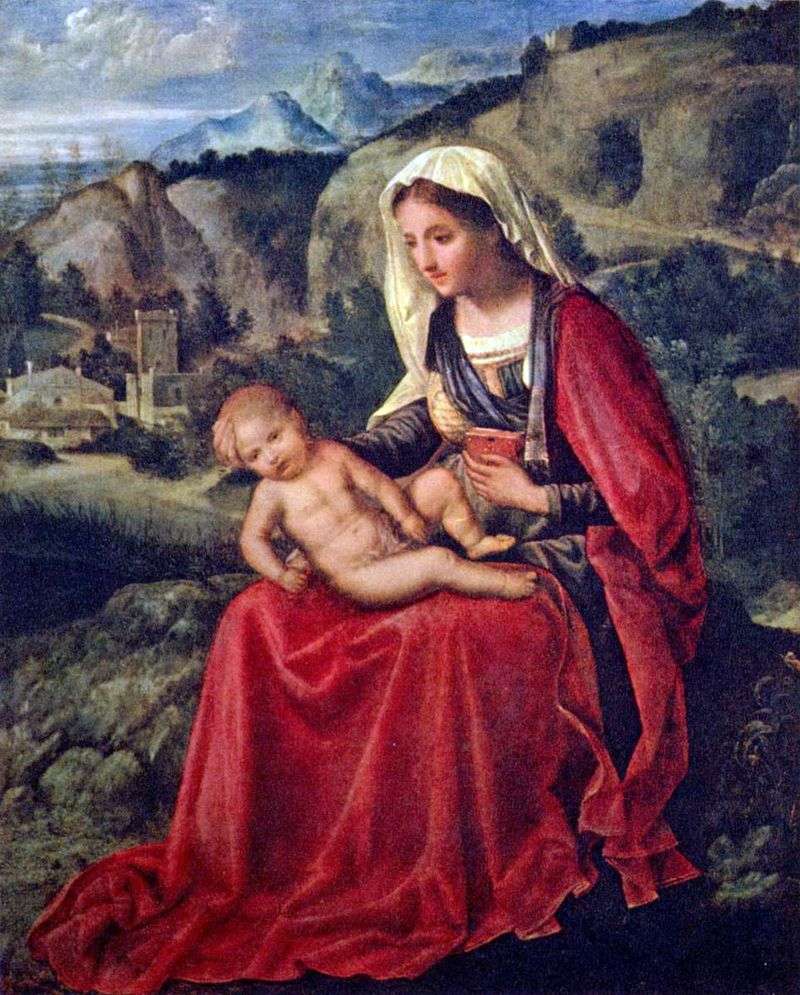 Virgin Mary with a baby in the background of the landscape by Giorgione
Virgin Mary with a baby in the background of the landscape by Giorgione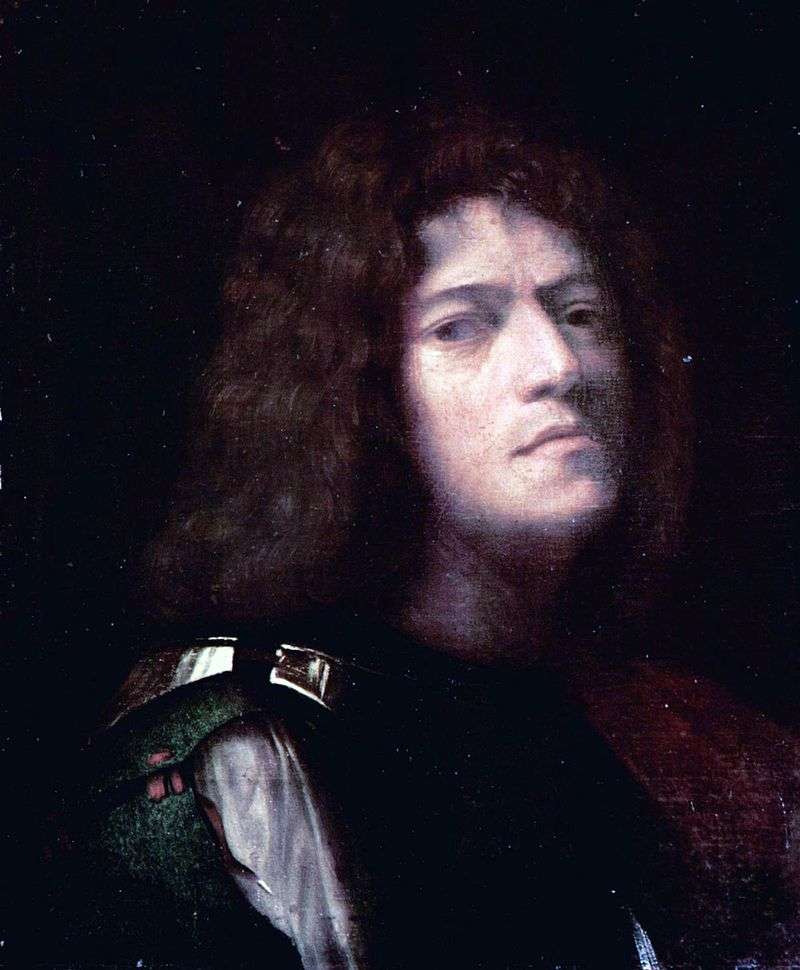 Self-portrait by Giorgione
Self-portrait by Giorgione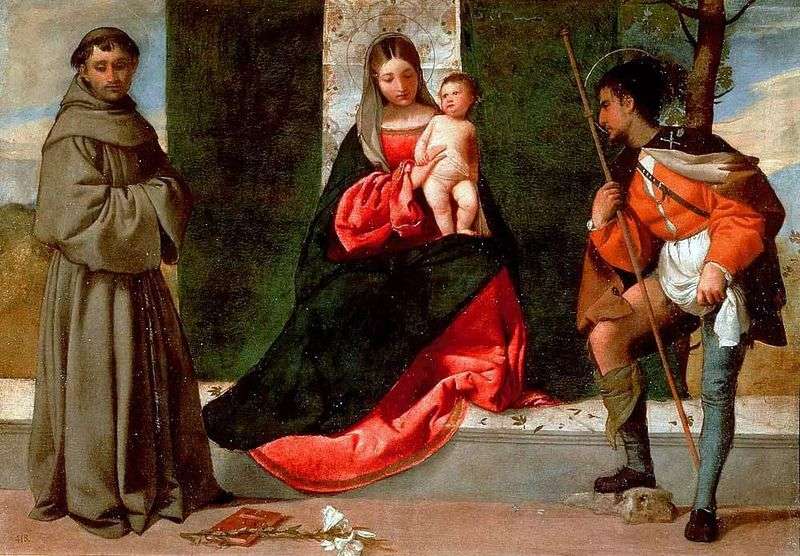 Madonna and Child, Saints Rock and Anthony of Padua by Giorgione
Madonna and Child, Saints Rock and Anthony of Padua by Giorgione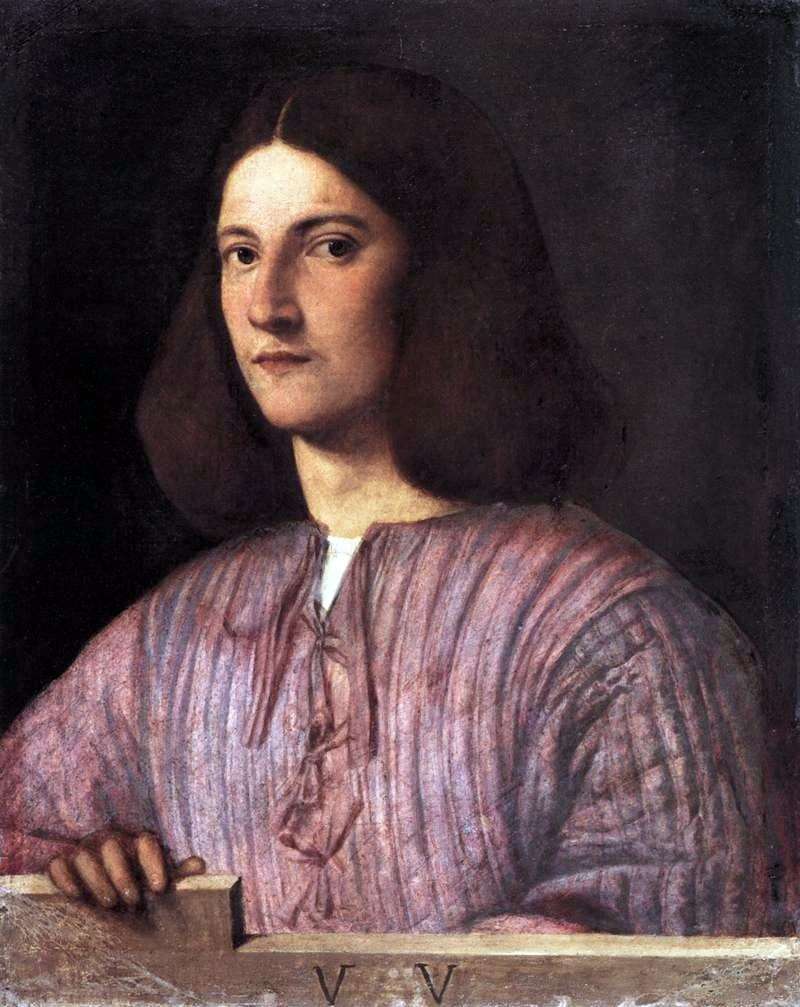 Portrait of a young man by Giorgione
Portrait of a young man by Giorgione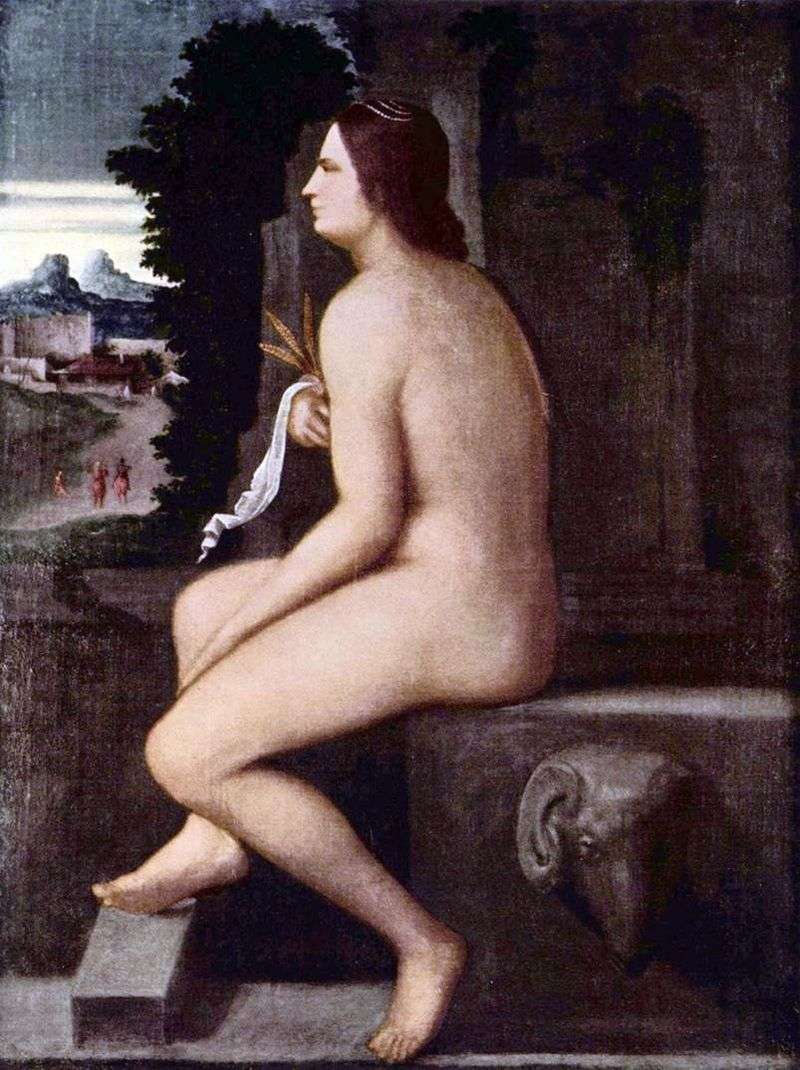 Ceres by Giorgione
Ceres by Giorgione